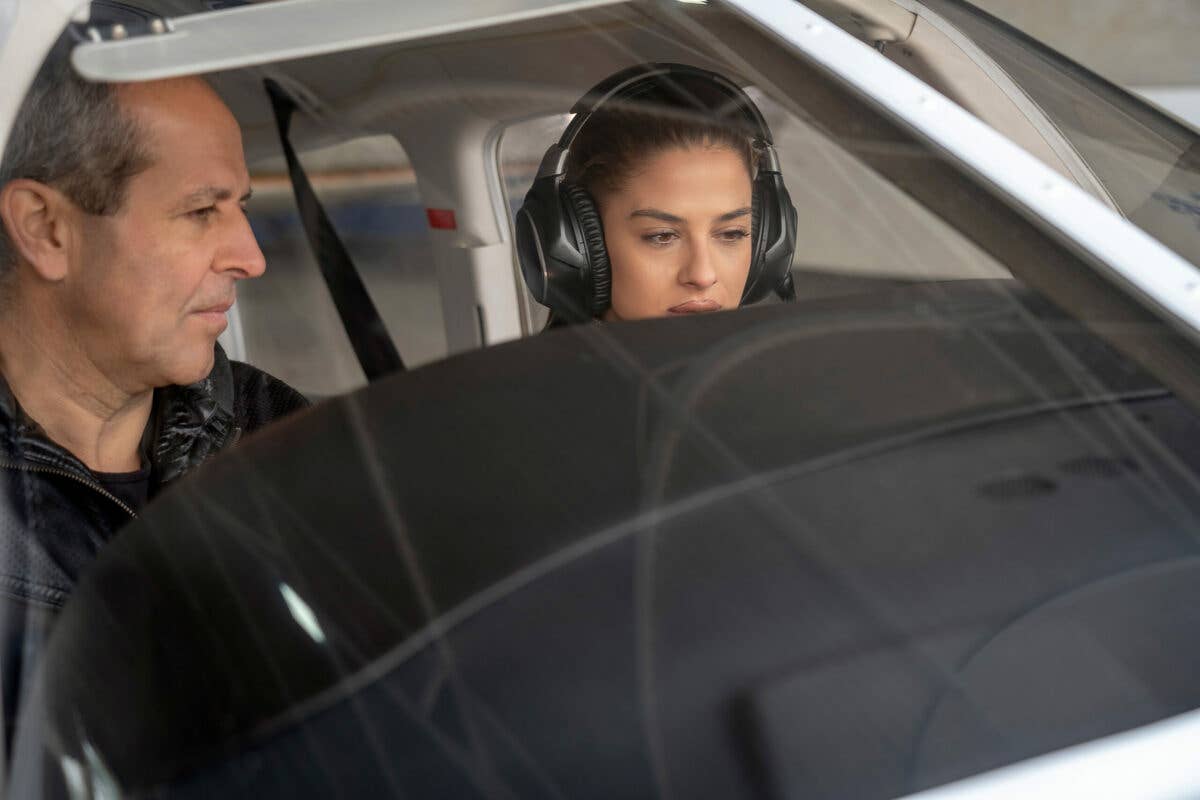
Being the second choice—the rebound CFI, if you will—is not without its unique challenges for both parties involved. [Credit: Shutterstock]
Last week I wrote about how the learner can fire their CFI; this week, it's how to find a replacement instructor. Being the second choice—the rebound CFI, if you will—is not without its unique challenges for both parties involved.
Finding a New-to-you CFI
Being the replacement CFI is a little like being in a rebound relationship. Something drove this person to make a switch, and we need to tread lightly. The most common events that prompt a learner to go shopping for new CFI are:
- They feel like they are being treated unfairly.
- Their CFI gets so busy scheduling lessons is a challenge.
- They failed a stage check or check ride.
No one likes being treated unfairly. Perhaps the CFI no-shows you in order to fly with someone else, or fails to let you know when a flight has been canceled because of a maintenance issue. Or this feeling of 'unfair treatment' comes down to a disagreement about the skill level of the learner.
"I was about to solo" is a phrase that puts seasoned CFIs on edge. Sometimes this is a classic case of the Dunning-Kruger effect, a cognitive bias where the learner wrongly overestimates their knowledge, ability, and skills. They may have completed the 15 elements of aeronautical experience per FAR 61.87, but they lack proficiency in their flying, especially if these flights are spread out over several weeks, months, and years.
If the flights are daily or a few times a week, and there is line after line of "pattern work" in their logbook, it can mean they have been subjected to "check the boxes" type of instruction where very little actual learning has taken place, or, and I hate to write this, they may have been taken advantage of by a time builder.
If the CFI is too busy, it can mean the flight school really is that busy—and so many of them are—or the CFI, because of their experience, is pulled away from basic instruction to fly with the higher-tier learners—for example, the ones getting ready for check rides. There is really nothing you can do about that, as check rides take precedence at most schools.
Switching instructors after a failure is common, especially if the learner blames the CFI for the failure, arguing they were not taught something. CFIs, this is why we use a syllabus and have the learner initial at the end of the lesson to certify that they did receive instruction in the tasks. This is also why CFIs should acquaint the learner with the completion standards in the syllabus and the airmen certification standards for the check ride at the beginning of their training. If the learner knows the standard they will be measured to, they can be held accountable.
The First Few Hours
One of the first questions I ask when I am the new-to-you instructor is what syllabus was used. I cringe when the answer is, "I think we used one but I never saw it," or "my instructor told me no one uses them anymore," because what I hear is, "someone built their hours off of me." Many learners have no idea the path their training is taking because they are not acquainted with what is required for certification. Sadly, there are some CFIs like this too—who aren’t sure what they are supposed to teach pre-solo learners.
The first flight evaluation begins on the ground with a review of aircraft systems, local airport procedures, airspace, weather procurement, etc., per FAR 61.87. You should take notes, as should the new CFI, so you can determine what needs to be worked on in the future. The FAR/AIM will be consulted frequently.
There are learners who are spot on, check ride ready in knowledge. Other times the answers are, "my other instructor didn't tell me/make me learn this/show me" this.
Please understand this review isn't an attack on you or the previous instructor—it just shows you and the new-to-you CFI where the soft spots are in your training. This session establishes a baseline from which learning can take place. A professional CFI doesn't want to waste your time or your money.
During the flight portion, the CFI will want to see your checklist use, cockpit procedures (including radio communication), and the basic maneuvers of climbs, turns, and descents, and slow flight and stalls. This is another area where soft spots can manifest—often because something got lost in translation, such as the 50+ hour haven't-soloed-yet-learner who swore up and down she had been told not to touch the rudders in a Cessna 172.
The CFI will want to see that you know how to get to the practice area and back, have good aircraft control, know how to fly a pattern, and you make appropriate radio calls. They may also fail your engine and or ask for other emergency procedures. The lesson usually ends with a few takeoffs and landings.
It can be unrealistic to think all this can be accomplished on a single flight, especially if you are flying out of a busy airport where you spend 15 minutes or more waiting to take off—so manage your expectations. Selecting a new CFI is not a decision that should be rushed.

Sign-up for newsletters & special offers!
Get the latest FLYING stories & special offers delivered directly to your inbox






